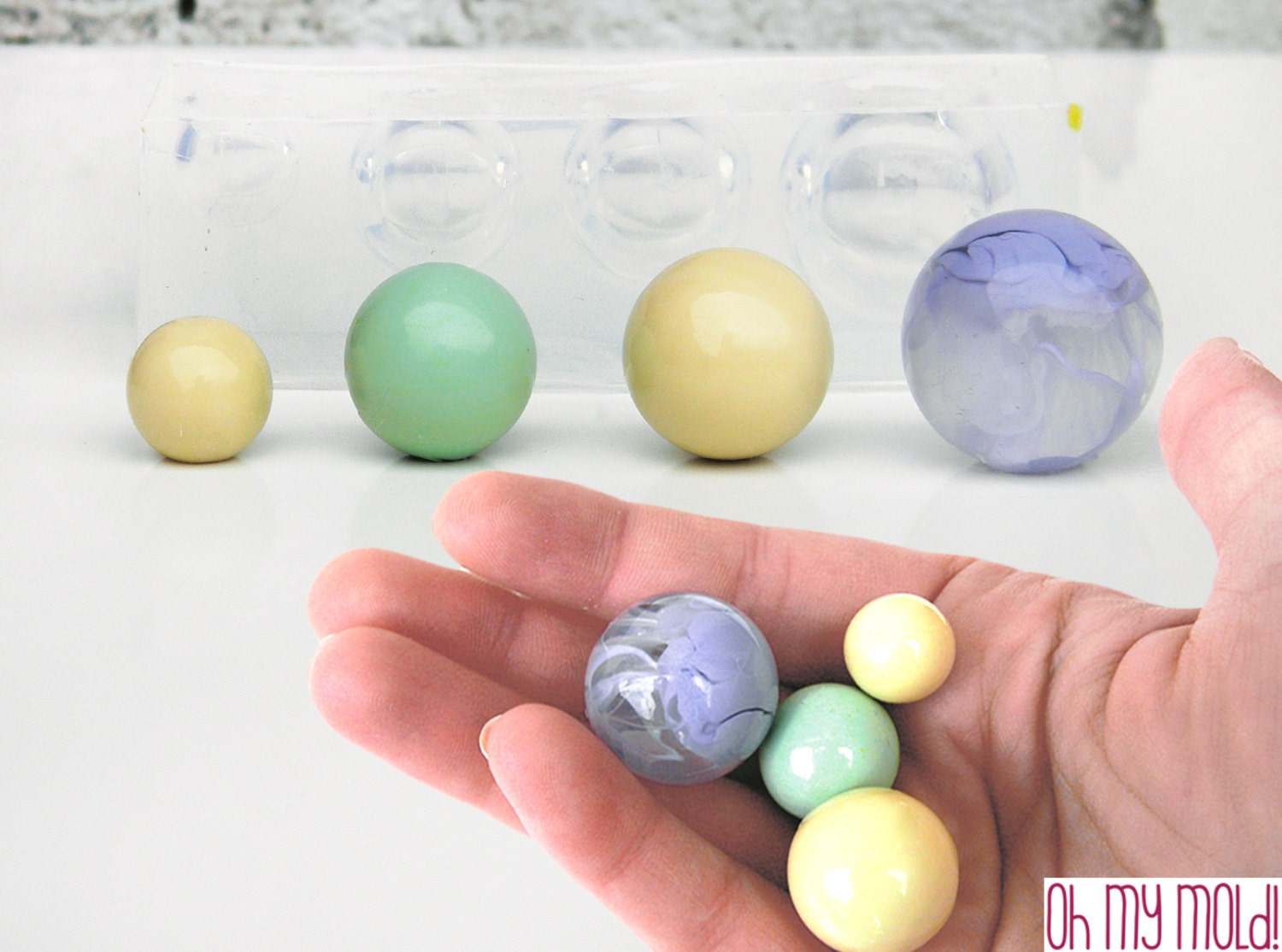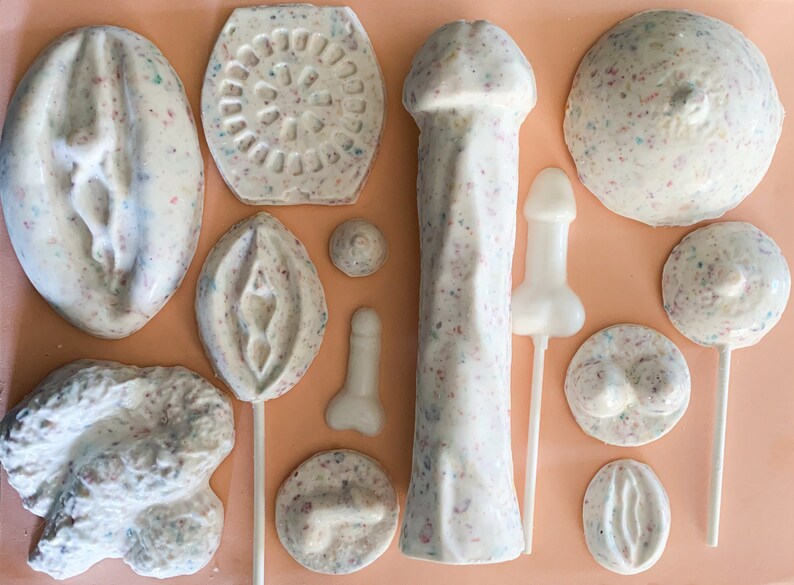
At maturity the paste develops into powdery grey spores. As the fruiting bodies age, both their exterior and interior turn purplish, then gray or brown (see photo inset). The common names derive from the paste-like pink substance found inside of them. They are one of the most frequently noticed slime molds in North America, probably due to the bright color of the young fruiting bodies (aethalia). The name of these pink balls is Wolf’s Milk Slime Mold, or Toothpaste Slime ( Lycogala epipendrum). Long mistaken for fungi, slime molds are now classified as a type of amoeba.

Although these growths resemble fungi and were at one time classified as such, they are now classified as slime molds, some of the world’s strangest organisms. The bird's nest fungus grows on wood chip mulch.If you examine rotting logs after a rain between the months of June and November, it’s likely you eventually will find what looks like a cluster of tiny (under ¾”), pinkish puffballs growing out of the surface of one or more logs. Slime molds will grow across mulch and other plants, too!

Fungicides do not control bird’s nest fungi. Loosening the mulch with a garden fork or rake (permitting the mulch to dry out) creates a less favorable environment for bird’s nest fungi and should reduce their numbers. However, bird’s nest fungi can become a nuisance when the eggs stick to homes, cars, and other objects as they are difficult to remove. The periodioles eventually dry, split open, and release their spores.īird’s nest fungi are not harmful to plants. The eggs are splashed out of the nest by falling raindrops and adhere to nearby objects. The nests (fungi) are commonly brown, gray, or white and contain brown or white “eggs.” The “eggs” are spore-containing structures called periodioles. The tiny fungi are only one-fourth inch in diameter. Bird’s Nest Fungusīird’s nest fungi resemble small cups or miniature bird’s nests. However, the slime molds can be scooped up and discarded if they are objectionable. Most individuals simply let the slime molds dry up and fade away. Within a few days, slime molds typically dry up and turn into white, powdery masses. Slime molds are usually a temporary nuisance. Slime molds feed on bacteria and other organisms in the mulch. Slime molds are primitive fungal-like organisms. (It is sometimes referred to as dog vomit slime mold because of its bile-looking appearance). Slime mold is a brightly colored (usually yellow or orange) foam-like growth that occasionally appears in mulched areas in summer. Individuals can scoop up and discard the fungi if their appearance or smell is bothersome. Eventually, the stinkhorns wither away and disappear. Stinkhorns range from four to eight inches in height. The flies and other insects crawl on the stinkhorn, get covered with slime and spores, then fly away to other areas, disseminating the spores. The putrid smell of the stinkhorn cap attracts flies and other insects. As the fungus develops, a stalk grows upward and is topped with a slimy cap coated with a mass of olive green to brown spores. Stinkhorns start off as an egg-like, golf ball-sized structure in the soil. Several species of stinkhorn are found in Iowa. They usually appear in cool, wet periods in late summer and early fall.

Stinkhorns are aptly named as they are horn-shaped and foul-smelling. Fungi that occasionally grow in landscape mulches in Iowa include stinkhorns, slime molds, and bird’s nest fungi. The decaying organic matter provides an ideal environment for some strange-looking fungi or fungal-like organisms when weather conditions are favorable. Wood chips and shredded bark are organic matter. Wood chips and shredded bark are commonly applied to landscape areas to control weeds and conserve soil moisture.


 0 kommentar(er)
0 kommentar(er)
